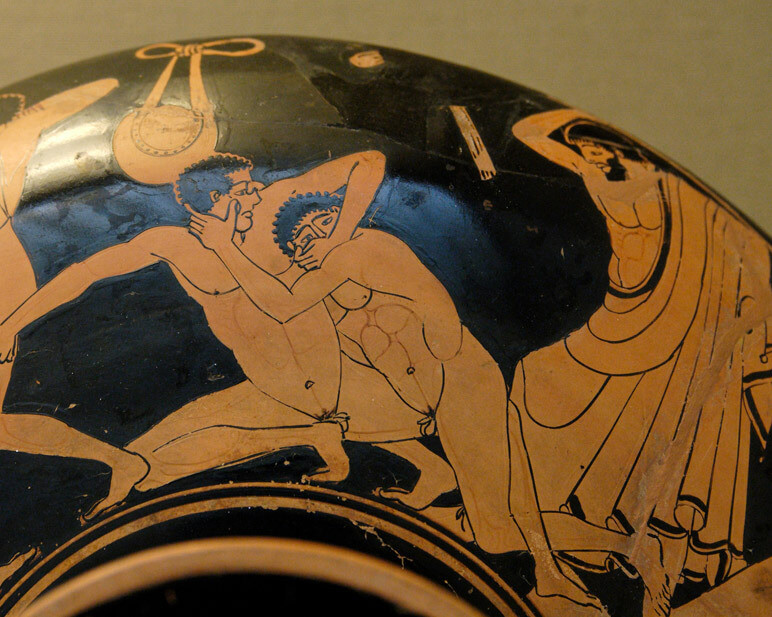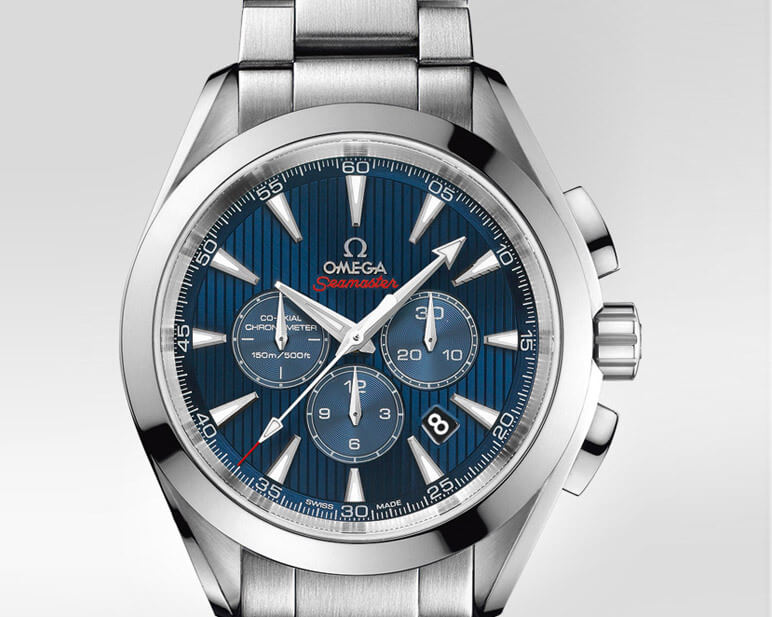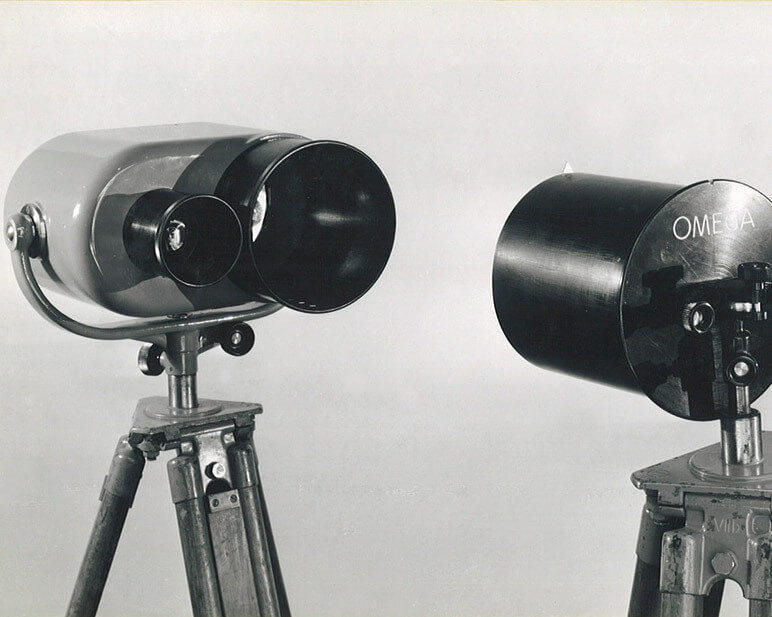Gone are the days when the Greek wrestler (pankration) Milo of Croton shone at the Olympic, Pythian or Nemian Games in the sixth century BC. There were no records to beat, simply a ritual, even religiously inspired activity that was also a means of training warriors at a time when the City-States were locked in intestine war. Indeed, hostilities would cease during the games so that athletes could measure themselves fairly against their opponents. But when the English upper classes turned their attention to sporting events during the Industrial Revolution, the emphasis shifted to performance.
In the words of the historian Philippe Liotard, “the body became a machine that must constantly surpass itself.” “Confrontation between individuals, until then the main emphasis of sport, was supplanted by the desire for better performances, paving the way for chronometry,” writes Dominique Fléchon, historian and expert with the Fondation de la Haute Horlogerie. “Sport and watchmaking are two forms of expression governed by precise, considered, but also adaptable rules. Precision, perfection, elegance, beauty, purity quality and exclusivity are the values common to sport and to fine watchmaking. Both are synonymous with excellence.”
Destined to meet
This new philosophy was embodied in the Olympic motto, coined by Pierre de Fredy, Baron de Coubertin, in June 1894: citius, altius, fortius, faster, higher, stronger, an incitation for athletes to strive for ever greater achievement. Yet without the efforts of watchmakers, who for two centuries have pushed back the limits of their own discipline, these would have been empty words. The first timepiece showing deadbeat or independent seconds was made in 1720, the work of English astronomer and clockmaker George Graham. He built a pendulum device which divided the second into four jumps. A century later, Abraham-Louis Breguet perfected the first double seconds chronograph, closely followed by Nicolas Rieussec who in 1821 presented a watch movement driving two enamel dials, one marked with seconds and one with minutes. An ink-filled hand left dots on the dials when actuated by means of a pusher. Henceforth, sport and timekeeping would tread a common path leading to new exploits for both.
For this year’s Olympic Games in London, Omega will deploy 420 tons of equipment and a team of 450 professionals, seconded by a contingent of trained volunteers. Timekeeping technology for the London Games will be precise to a mindblowing one-millionth of a second. By way of comparison, at the Los Angeles Games in 1932, the first time the International Olympic Committee appointed a single official timekeeper for all events, Omega supplied 30 stopwatches measuring 1/10th of a second. They were connected to cameras. The brand’s American representative in New York took the train to Los Angeles to deliver them himself. Before then, Olympic times had been recorded to 1/5th of a second, principally by Heuer stopwatches.

Global exposure
Companies including Longines, Heuer, Omega, Seiko, Swatch and Swiss Timing, a Swatch Group subsidiary, have battled it out for the enviable status of official timekeeper of the Olympic Games and the global exposure that goes with it. Hence why London 2012 is of such vital importance to Omega. “The London 1948 Olympic Games ushered in the era of modern sports timekeeping,” comments Stephen Urquhart, Omega President. “No other city in the world could offer such an impressive combination of historic and contemporary locations for the Games. Being the official timekeeper quite clearly involves a huge effort, and it’s an effort which is constantly ongoing. We are already preparing for the Winter Olympics and for Rio in 2016. But it is image-boosting, brings us absolutely incredible exposure and connects us with an event that, in recent times, has once again become very positive now that problems such as doping scandals and boycotting seem to be a thing of the past.”
It’s hardly surprising, then, that so many athletes should wear the colours of different watch brands. The television commercial which Omega has released for London 2012 is a case in point. It showcases Chinese diver Qiu Bo, US swimmer Natalie Coughlin, British heptathlete Jessica Ennis, US sprinter Tyson Gay, South African swimmer Chad Le Clos, and US pole vaulter Jenn Suhr, all Omega ambassadors and all competing in their event in London. Meanwhile, we can expect to see Rafael Nadal wearing his Richard Mille RM027 Tourbillon and Ben Ainslie his Corum Admiral’s Cup Tides. As for triple gold medallist Usain Bolt, while he might not keep his Hublot King Power on his wrist when competing, it will certainly grab its share of attention off the track. The race to come first isn’t only taking place in the stadiums.
















